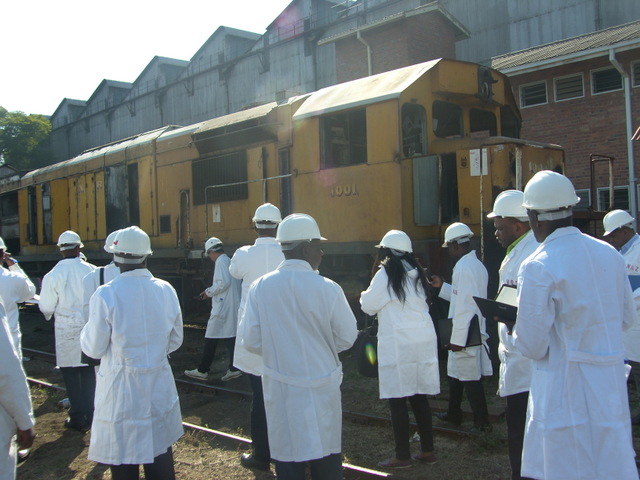
Zimbabwe- region’s rail control centre
Zimbabwe’s strategic location at the centre of Southern Africa makes the National Railways of Zimbabwe (NRZ) a key element in the movement of goods from the north to south.
The system straddles the crossroads of Central-Southern Africa and is the region’s prime mover of import/ export and transit traffic.
Goods destined for countries north of the Zambezi have to pass through the NRZ system as do strategic exports from Zambia and the Democratic Republic of Congo (DRC) such as copper.
Over the years, transit cargo going to our neighbours has been increasing, showing that NRZ is important in the economic development of not just Zimbabwe, but its neighbours as well.
Because of Zimbabwe’s geographical location, the NRZ becomes a key economic enabler with an impact not only in Zimbabwe but the entire SADC region.
The NRZ is a pivotal player in terms of availing cost efficient transport for the entire sub-region as it provides a vital link between Zambia and DRC to sea ports of South Africa and Mozambique.
If the NRZ system experiences any inefficiencies, that will have a serious bearing on the competitiveness of economies to the north of Zimbabwe.
While domestic cargo has fallen over the years, transit cargo is on the rise. In 2010, the NRZ moved 405 880 tonnes of transit cargo. The figure more than doubled in 2016 to 843 820 tonnes.
The NRZ system is extensive and well developed, stretching over 2 759 route kilometers of 1 067mm gauge track (the total length including crossing loops, marshalling yards, stations and sidings is 4 319km).
With this establishment, the Rail System in Zimbabwe is well placed to develop its export markets through lines to the east to Mozambique ports of Beira and Maputo, to the south linking with Botswana Railways and South African Railways, and to the north linking with Zambia Railways and on to Congo, Angola and Tanzania.
There are flat marshaling yards at Bulawayo and Harare and a modern mechanical hump yard at the hub of the system at Dabuka near Gweru, which also has a container control centre. There is a container terminal at Lochinvar near Harare.
The main line is largely a continuous-welded-rail on concrete sleepers.
Diesel traction is in use throughout the system. Steam locomotives were withdrawn from mainline operations in July 1993, but a small number have been retained for use on special “steam safari” services, notably between Bulawayo and Victoria Falls via Hwange National Park, which attract steam enthusiasts from many parts of the world.
The Railway system includes 200 river bridges, one tunnel, 39 stations open to goods traffic, five frontier stations, 668 private sidings, 23 exchange sidings and four marshalling yards.
Zimbabwe’s geographical position makes it the hub and cornerstone of regional development in which the NRZ plays a key role of linking countries in the region and ensuring the movement of bulk goods and minerals to international markets.





